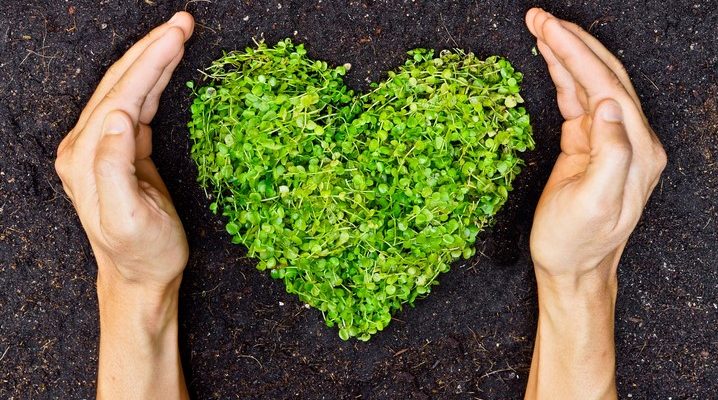Backyard Botanicals Tips For Creating A Sustainable Garden
Hey there fellow gardeners! I've got some juicy secrets to growing a successful vegetable garden. It's not rocket science, but it does require a little elbow grease and some good old-fashioned trial and error. Trust me, I've made plenty of mistakes in my time, but that's all part of the process. So, let's dive into some tips that will help you grow the garden of your dreams!

First things first, make sure you have the right location for your garden. You need an area that gets at least six hours of sunlight a day and is well-draining. If your soil isn't up to snuff, consider amending it with compost or other organic matter. This will help improve soil structure and fertility.
Now onto the good stuff - selecting your plants! Don't be tempted to buy every vegetable that catches your eye. Do a little research and choose plants that are well-suited to your growing conditions. You'll have better luck and less disappointment this way.
So, you've got your plants and you're ready to get them in the ground. Make sure to follow planting instructions carefully and give them plenty of space. Overcrowding your plants can lead to disease and stunted growth. Plus, you don't want your garden to look like a jungle, do you?
One thing many gardeners overlook is the importance of proper watering. Your plants need consistent moisture in order to thrive, but be careful not to go overboard. Over watering can lead to root rot and other issues. Stick your finger in the soil to see if it's dry before watering. If it's still moist a few inches down, you're good to go.
Now, onto the fun part - harvesting! The key to a bountiful harvest is picking your veggies at the right time. Do a little research on each type of vegetable you grow to learn when it's ready to be picked. An overripe vegetable can be just as bad as an underripe one.
Here are a few other tips to keep in mind:
- Rotate your crops each year to help prevent disease and soil depletion
- Use natural pest control methods, such as companion planting and picking off insects by hand
- Consider using raised beds or containers if your soil is poor or space is limited
- Most vegetables prefer a neutral soil pH, so check your soil and adjust accordingly
How to Grow a Vegetable Garden
Now that we've covered the basics, let's get into the nitty-gritty of how to grow a vegetable garden. Here are some step-by-step instructions to help you get started.
Step 1: Choose Your Location
As mentioned earlier, you'll want a location that gets at least six hours of sunlight a day and is well-draining. Make sure there's plenty of room for your plants to grow and that the soil is fertile.
Step 2: Select Your Vegetables
Do a little research on plants that grow well in your area and choose ones that suit your growing conditions. Make sure to take into account how much space each plant needs and how long it takes to mature.
Step 3: Prepare the Soil
Create garden beds or containers and amend the soil with compost or other organic matter if necessary. This will help improve soil drainage, structure, and fertility.
Step 4: Plant Your Vegetables
Follow planting instructions carefully, giving each plant enough space to grow. Make sure you plant at the right time and water your plants regularly.
Step 5: Harvest Your Vegetables
Keep an eye on your plants and pick vegetables at the right time. Don't forget to enjoy the fruits of your labor!
Tips & Tricks for Growing a Successful Vegetable Garden
Here are a few more tips to help you on your gardening journey:
- Use a soaker hose or drip irrigation system to water plants
- Plant flowers among your vegetables to attract pollinators and beneficial insects
- Consider using shade cloth or row covers to protect plants from extreme heat and pests
- Keep a journal of your garden's progress and any issues you encounter
Frequently Asked Questions
What should I do if my plants get diseased?
The best thing to do is to remove the diseased plant as soon as possible to prevent it from spreading to other plants. In the future, consider rotating your crops each year to help prevent disease.
How often should I fertilize my plants?
It depends on the type of plant and the soil it's growing in. As a general rule of thumb, it's best to fertilize your plants once a month during the growing season. Use a balanced, organic fertilizer for best results.
Can I grow vegetables in pots?
Absolutely! In fact, many vegetables do well in containers. Just make sure they're big enough to accommodate the plants and that you use a good quality potting soil.
Well, that's it for now. I hope you found these tips helpful and that they lead to a bountiful harvest. Remember, gardening is a journey, not a destination. It takes time, patience, and a little bit of luck. Happy gardening!


Post a Comment for "Backyard Botanicals Tips For Creating A Sustainable Garden"